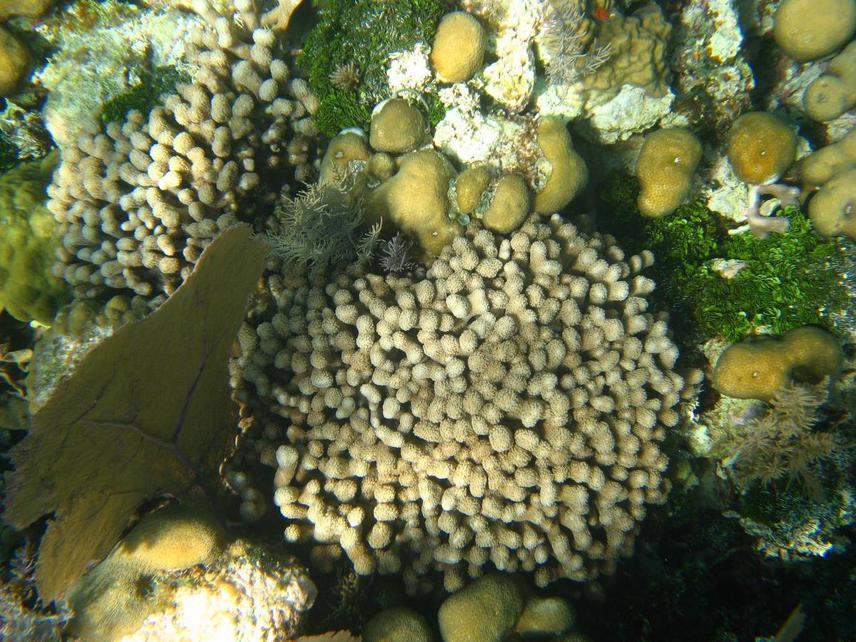Jocelyn Finch
The goal of this project is to finalize a monitoring system to provide needed information; train a team in data collection methods; and establish a database for biological information.

Now we can name all of these corals!.
The Sapodilla Cayes Marine Reserve protects the southern most portion of the Belize Barrier Reef. The SCMR was declared in 1996, but an on-site management did not begin until 2000. In 2001 the Toledo Association for Sustainable Tourism and Empowerment (TASTE) signed a co-management agreement with the Belize Department of Fisheries. Since that time TASTE has been working with the Department to improve management of the reserve. Effective management of marine resources should be supported by biological data. Marine reserves in Belize are designed to improve fisheries management and offer reef ecosystem protection. Without consistent biologically significant data it will be impossible to effectively manage the natural resources within the SCMR.
Over the past three years with support from a number of national and international partners there has been growing emphasis on the collection of solid biological information for the management of the SCMR’s marine resources. In recognition of the need for better biological information, TASTE and other partners have worked to develop a monitoring plan for the SCMR. The goal of this project is to finalize a monitoring system to provide needed information; train a team in data collection methods; and establish a database for biological information. There is significant interest in creating a monitoring system which should provide basic baseline information about the status of the marine reserve.
TASTE-SCMR is currently working with the Belize Fisheries Department to expand biological monitoring and enforcement; completion and implementation of a comprehensive monitoring plan would assist in these efforts. Establishing a consistent monitoring program supported by trained local personnel and a centralized database, should give managers important tools for making decisions.